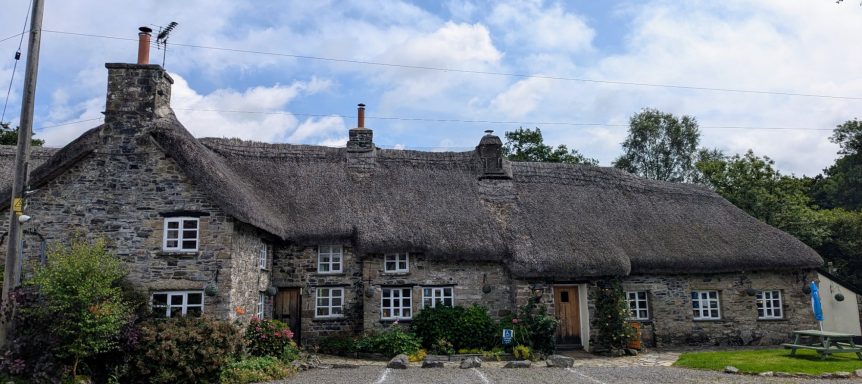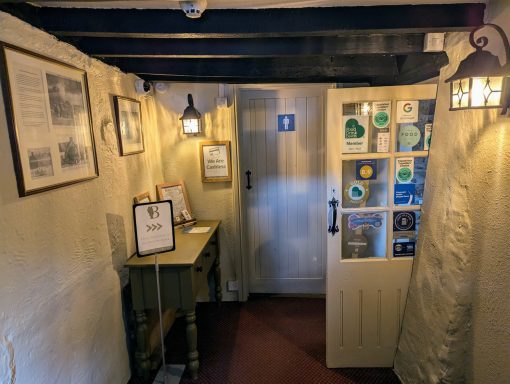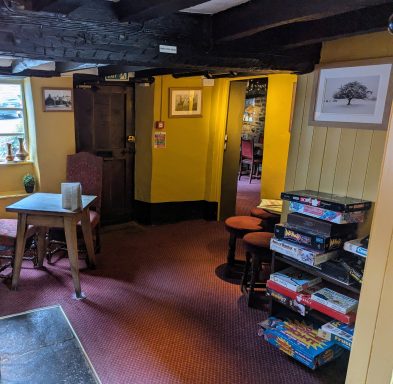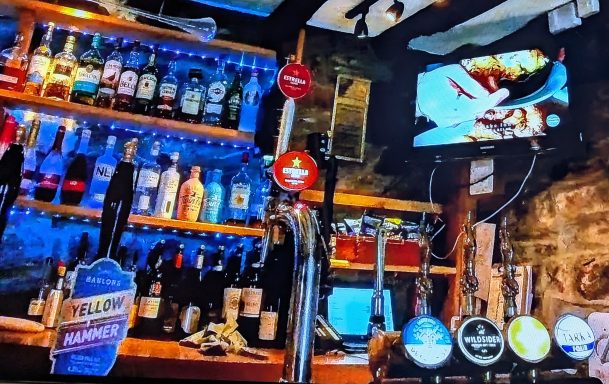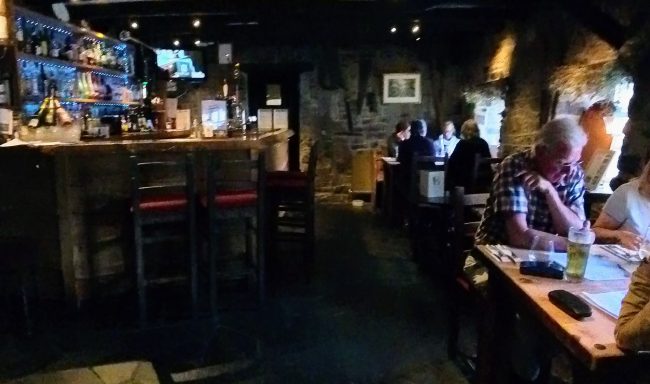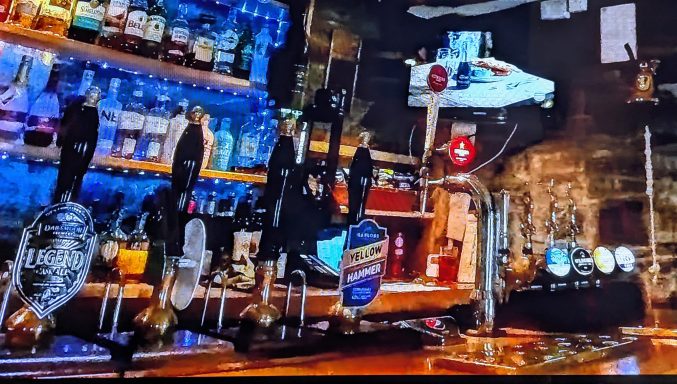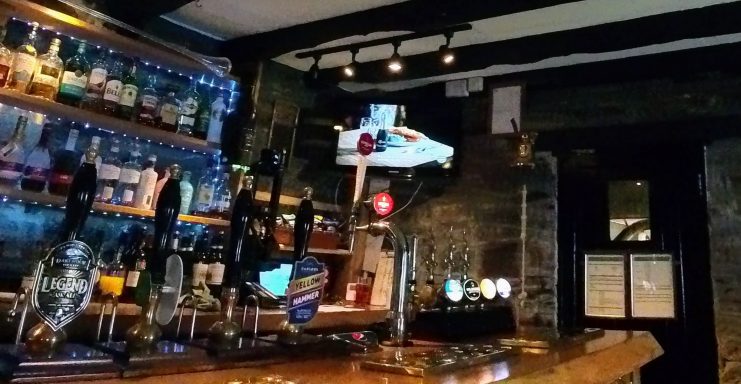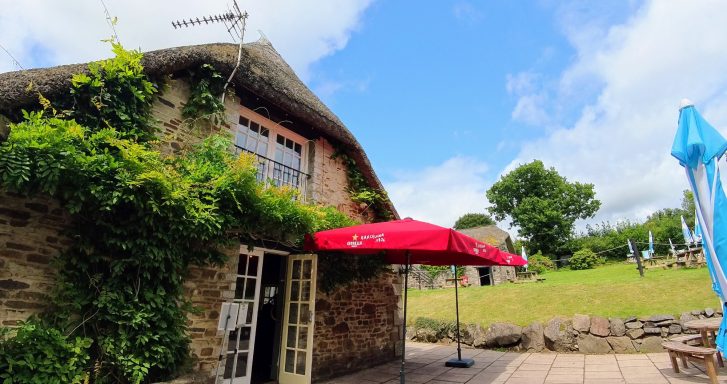Bearslake Inn
The Bearslake Inn truly shines with its charming, traditional character, earning exceptional praise for its delightful ambiance. It's a standout feature that immediately captivates visitors. Equally impressive are the simply stunning gardens, also deserving of exceptional recognition for their sheer beauty, offering captivating views of the rolling countryside and distant moors, with the added serenity of a stream gently winding through the bottom.
While the entire venue operated on card payments only, the enchanting setting and the unparalleled beauty of the garden undoubtedly made for an exceptionally worthwhile visit. It's the kind of place where the surroundings elevate the entire experience, creating lasting positive memories, ensuring every moment feels well worth the indulgence.
P&P
Background......
13th Century Origins as a Longhouse: The oldest part of the Bearslake Inn, specifically the bar area, is believed to date back to the 13th century. It began its life as a Devon Longhouse. Longhouses were dual-purpose buildings, providing shelter for both humans and their livestock (animals) under one roof. The bar area would have originally been the "shippen," or the animal accommodation, with the human living quarters to the left of the main entrance, separated by a solid wall and a cross-passage.
Initially, these longhouses would not have had chimneys or first-floor accommodation. Fires would have been centrally located in the main room, with smoke rising through the thatched roof.
16th and 17th Century Additions: The original longhouse was significantly extended and altered in the 16th and 17th centuries. During these periods, chimneys were added, along with a "parlour wing" and the introduction of first-floor accommodation. This marked a significant evolution from its purely agricultural origins.
Becoming an Inn (17th Century onwards): By the 17th century, the Bearslake Inn was already operating as a popular meeting place. It served the local gentry and travelers journeying towards London, likely as a "posting house" providing rest and refreshment. Its remote location also made it a favored stop for smugglers.
18th and 19th Century Transformations:
In the 18th century, it gained popularity with walkers and other outdoor enthusiasts, a role it continues to hold today due to its proximity to Dartmoor.
It also became a hub for political meetings and was known for "radical activity" during this period, highlighting its role beyond just serving drinks and food.
The 19th century saw renovations and expansions, and it was around this time that it was officially renamed "The Bearslake Inn." The name is thought to derive from an old Devon word meaning "wooded place," rather than referring to actual bears or a lake.
Conversion and Modern Use:
In the later 20th century, when the building was fully converted into an inn, the shippen (original animal accommodation) became the bar area. Parts of the house that had previously been downgraded to outbuildings were reincorporated into the main accommodation.
The inn was Grade II listed on February 22, 1967, recognizing its architectural and historical significance.
Current Day: Today, the Bearslake Inn is renowned as a charming, thatched, characterful pub on the edge of Dartmoor National Park. It's a popular destination for locals, walkers, and tourists, known for its traditional atmosphere, local ales, and good food. The interior still features flagstone floors, exposed beams, and granite walls, preserving much of its ancient charm. It continues to be owned by custodians who recognize and cherish its rich history.

